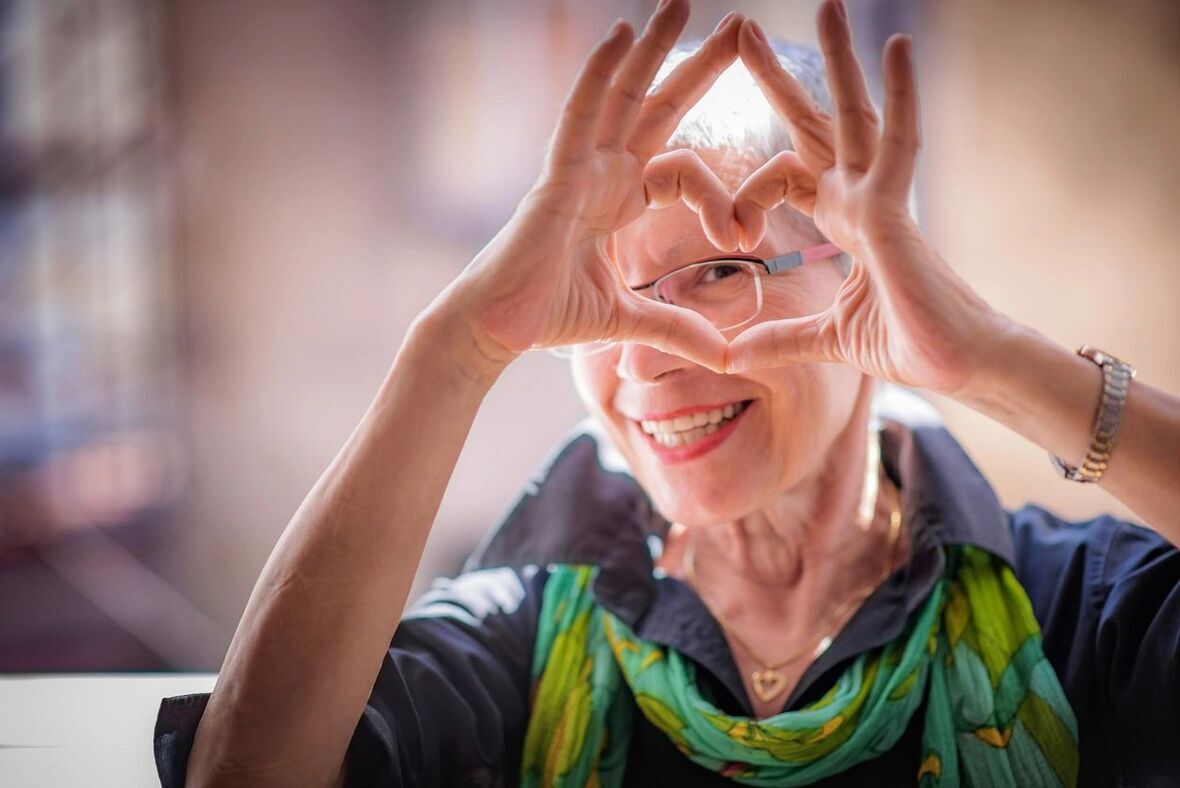|
Over the last few months, I’ve grown more spiritually, learning and using concepts to better myself, others, and the world we live in. This next series, we will delve into practices that I’ve been doing for years, have used and tried, and ones that are fairly new for me. I look forward to sharing them with you. This week, we look into Emotions and Desires and what they mean. The 7 Emotions And The 6 Desires If you are interested in Chinese culture and philosophy, you may have come across the terms “seven emotions” and “six desires”. These are key concepts in understanding the human mind and behavior from a Taoist perspective. The seven emotions are happiness, anger, sadness, fear, love, hatred, and desire. They are derived from The Book of Rites, one of the Confucian classics. The seven emotions are considered to be natural and inevitable responses to external stimuli, but they can also affect the internal balance of the body and the spirit. According to Taoist medicine, each emotion is associated with a specific internal organ, a sensory orifice, and a color. The seven emotions are a concept in traditional Chinese medicine that relates different feelings to the health and balance of the body. According to this theory, each emotion is associated with a specific internal organ, a sensory orifice, and a color. Here is a brief overview of the seven emotions and their connections: • Happiness: This emotion is linked to the heart, the tongue, and the color red. Happiness can improve blood circulation and nourish the heart, but excessive joy can also cause restlessness, insomnia, and palpitations. • Anger: This emotion is connected to the liver, the eyes, and the color green. Anger can stimulate the liver to release energy and overcome obstacles, but excessive anger can also damage the liver, cause headaches, dizziness, and eye problems. • Sadness: This emotion is related to the lungs, the nose, and the color white. Sadness can help release grief and sorrow, but excessive sadness can also weaken the lungs, cause shortness of breath, coughing, and nasal congestion. • Fear: This emotion is associated with the kidneys, the ears, and the color black. Fear can help alert us to danger and protect ourselves, but excessive fear can also harm the kidneys, cause lower back pain, urinary problems, and hearing loss. • Love: This emotion is linked to the pericardium, the mouth, and the color pink. Love can warm the heart and nourish the blood, but excessive love can also cause anxiety, agitation, and mouth ulcers. • Hatred: This emotion is connected to the gallbladder, the side of the head, and the color yellow. Hatred can help us defend our rights and values, but excessive hatred can also impair the gallbladder, cause headaches, migraines, and jaw tension. • Desire: This emotion is related to the spleen, the lips, and the color brown. Desire can motivate us to pursue our goals and dreams, but excessive desire can also deplete the spleen, cause digestive problems, fatigue, and lip cracks. The seven emotions are not inherently good or bad, but they need to be balanced and regulated for optimal health. Therefore, Taoists advocate for regulating and harmonizing the emotions through practices such as meditation, breathing exercises, and qigong. By understanding how each emotion affects our body, we can learn to manage our emotions better and improve our well-being. The six desires are desire for life, desire against death, and the desires of human organs such as ears, eyes, mouth and nose for sound, color, taste and aroma. They are derived from Buddhist scriptures, where they are also called the six roots or the six dusts. The six desires are considered to be sources of attachment and suffering that keep people trapped in the cycle of rebirth. According to Taoist cosmology, each desire is related to a specific sensory organ and a corresponding realm of existence. • The desire for life is associated with the mind, which is considered the sixth sense in Buddhism. The mind perceives thoughts, feelings, memories and other mental phenomena. The realm of existence for this desire is the formless realm, where beings have no physical body and only experience mental states. • The desire against death is also related to the mind, but it is a negative and fearful attachment to one’s existence. The realm of existence for this desire is the hell realm, where beings suffer from intense pain and torment. • The desire for sound is linked to the ears, which perceive auditory sensations. The realm of existence for this desire is the animal realm, where beings are driven by instinct and have little intelligence or morality. • The desire for color is connected to the eyes, which perceive visual sensations. The realm of existence for this desire is the hungry ghost realm, where beings have huge eyes but small mouths and stomachs, and are constantly tormented by hunger and thirst. • The desire for taste is associated with the tongue, which perceives gustatory sensations. The realm of existence for this desire is the human realm, where beings experience a mixture of happiness and suffering, and have the opportunity to practice the Dharma and attain liberation. • The desire for aroma is related to the nose, which perceives olfactory sensations. The realm of existence for this desire is the heavenly realm, where beings enjoy sensual pleasures and have long lifespans, but are still subject to impermanence and rebirth. The six desires are not inherently bad or evil, but they can become sources of attachment and ignorance if we do not understand their true nature and how they affect our mind. By cultivating wisdom and compassion, we can overcome the six desires and achieve nirvana, the state of ultimate peace and freedom from suffering. Therefore, Taoists advocate for transcending and eliminating the desires through practices such as alchemy, fasting, and celibacy. The seven emotions and the six desires are both aspects of human nature that can have positive or negative effects depending on how they are managed. They are also interconnected and interdependent. For instance, the six desires can trigger the seven emotions when they encounter objects of attraction or aversion. Conversely, the seven emotions can influence the six desires when they generate preferences or biases. The goal of Taoist cultivation is to achieve a state of harmony and balance between the emotions and the desires, as well as between oneself and the environment. This state is called wuwei (non-action) or ziran (naturalness), which implies acting without effort or intention according to the principles of nature. |
|
If you have any questions, please feel free to reach out to me. |


